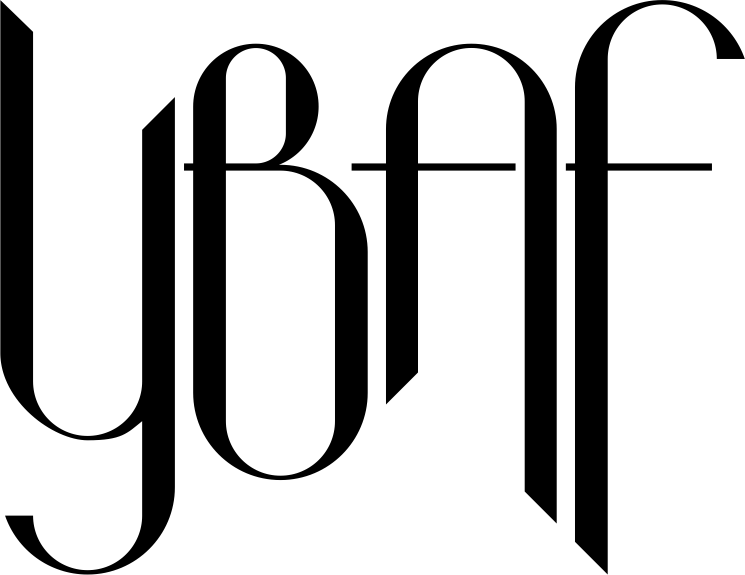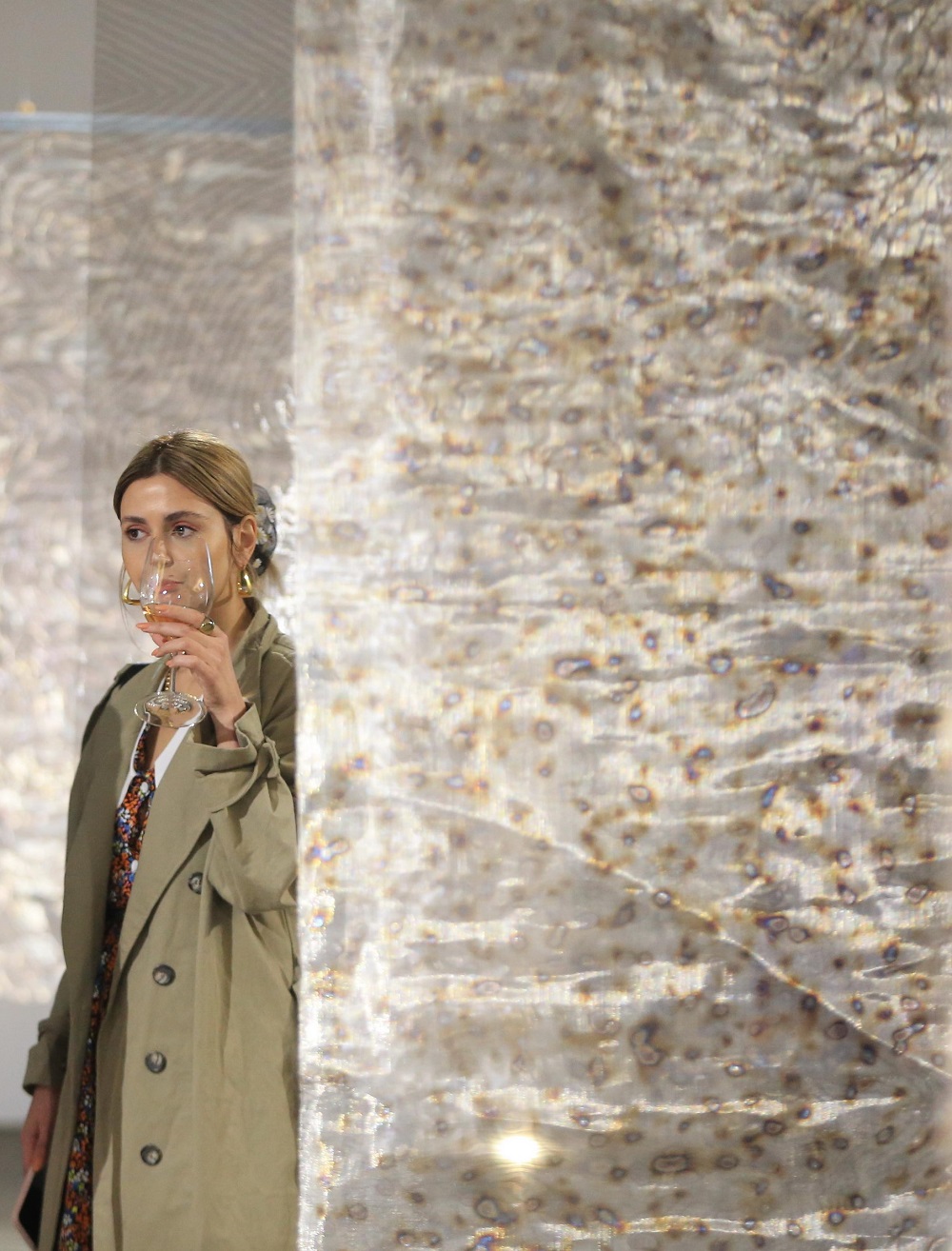telos
“I respond to the whole garden before noticing a tiny flower, and yet I know well that, if I look deeply into the flower, I may find something vaster than a garden”
Carl Levenson
Sarko Meene’s art is always created in close relationship to Nature; the artist is deeply nourished and taught by the natural world, and allows it to guide her creative process. In doing so, she works to remind modern society, who is more scattered and distracted than ever before, how to notice the essential essence of Nature contained within each moment of our lives.
In her observations of Nature, Sarko takes influence from Greek philosopher Aristotle who believed that everything in Nature has its own goal and ultimate purpose; he referred to this as telos. A single seed contains within it the full potential to grow into a tree, a single drop of DNA to grow into a human being — these full expressions are the telos of the smallest seeds. Yet, telos also reminds us of the existence of that seed, that something small with the full potential to live, to grow and to die. When we look at a tree, to be fully aware of that tree’s existence one has to remember the seed that once carried that tree within it. Sarko’s pieces exhibited here remind us of the smallest particles that once contained our full existence, and are constantly forgotten in the present moment; these works force us to make a conscious effort to notice the smallest of things, which contain an entire universe.
In the Telos exhibition, Sarko presents forty remarkably small works of watercolor on paper titled, Something Small. These works leave the space open and bare, encouraging the viewer’s mind to be free without distraction or direction. The works are hung in the harmonious order of the Fibonacci sequence, growing from each side of the hall in a circular pattern.
In contrast, the center of the exhibition is the large installation Identity, six large-scale pieces drawn by fire on metal mesh. To create Identity, Sarko uses fire to form defined contours on heavy metal mesh, making the final works appear deceptively light – as fragile as paper or silk. Despite their size and mass, they float lightly in the air. The most important component of Identity is the viewer. By standing inside the installation, each person becomes it’s seventh piece, and can contemplate their own layers, their own potential, their own telos. As one’s identity lies deep within their core, and their potential is the reflection of that central particle, while inside of Identity each person can see reflected both the seed and the whole of themselves; their entire telos in one full and present moment.
sarko meenÉ
An artist of many words, but preferring less (or none) for her biography, Sarko Meené refuses to present quantitative facts of her lived life and of her achievements as an artist. She strongly believes that the art that she presents each time should not be viewed and judged under the influence of the past, of degrees, diplomas, and number of exhibitions or awards, and particularly not by cumulative opinion. Sarko is not denying the importance of her previous work and the quality of experience that shows advancement in her work and builds her career: but she insists that the audience should be freed from the past or the future while standing in front of an art piece. Any kind of biography dictates subconsciously if things should be valued or not, and that in itself diminishes the formation of the very essential emotional connection between the viewer and the artwork. Most importantly, biographies simply distract from the present moment, in which we live and love.









